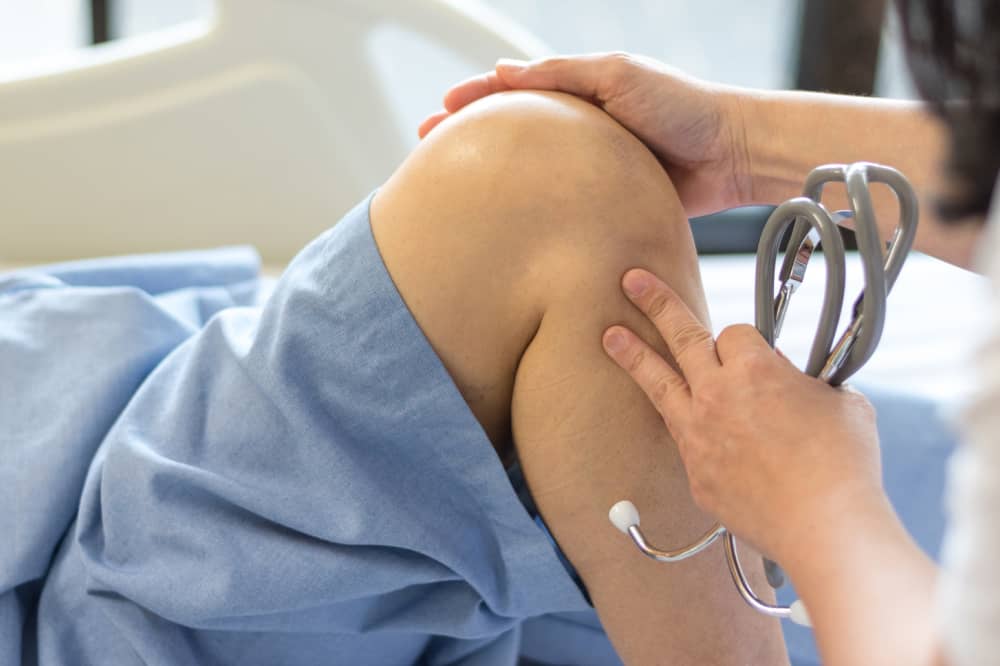
Avascular necrosis – Causes, symptoms, and more
Avascular necrosis, osteonecrosis, or aseptic necrosis is a severe health issue that sets in when the blood supply to a bone is disrupted temporarily or permanently, leading to the death of osteocytes or bone cells. It can affect any bone in the body but usually occurs in the hips, knees, shoulders, and ankles, often leading to joint problems and pain. This article thoroughly explores avascular necrosis, including its causes, symptoms, and available treatments.
Causes
Several factors can lead to the development of avascular necrosis. The primary causes include:
Trauma
Bone fractures or dislocations can damage blood vessels supplying the bone, disrupting blood flow.
Fat deposits in blood vessels
Fat deposition in blood vessels can impede blood flow.
Health conditions
Conditions like sickle cell disease, lupus, HIV/AIDS, and diabetes can increase the risk of AVN.
Symptoms
The symptoms of avascular necrosis may develop gradually and worsen over time. Common signs to watch out for include:
Joint pain
Persistent pain in the affected joint, which may increase with weight-bearing activities
Limited range of motion
Difficulty moving the joint due to bone damage.
Joint stiffness
Stiffness and discomfort in the joint, especially after periods of inactivity.
Bone collapse
In advanced stages, the bone structure may collapse, causing severe pain and loss of function.
Diagnosis
To diagnose avascular necrosis, doctors may perform various tests and procedures:
Physical examination
The doctor will examine the affected joint, check for range of motion, and assess pain levels.
Imaging tests
X-rays, MRIs, and CT scans visualize the bone and identify abnormalities.
Bone biopsy
A bone biopsy may sometimes be conducted to confirm the diagnosis.
Treatment options
The treatment for avascular necrosis aims to alleviate pain, preserve joint function, and prevent further bone damage. The approach may vary based on the stage of the condition and the affected bone. Standard treatment options include:
Physical therapy
Physical therapy can improve joint function and strengthen surrounding muscles.
Bracing
Supportive devices like crutches or braces may be used to reduce weight-bearing stress on the affected joint.
Regenerative therapies
In the early stages, regenerative therapies such as stem cell transplantation may promote tissue repair.
Surgical interventions
In advanced cases, surgical procedures like core decompression, bone grafting, or joint replacement may be necessary.
Core decompression
This procedure is done in the advanced stages of avascular necrosis. The surgeon will make small holes in the defective bone to enable blood flow to that part.
Preventive measures
While avascular necrosis cannot always be prevented, specific lifestyle changes and precautions can lower the risk:
Manage chronic conditions
Properly managing conditions like diabetes and autoimmune disorders can reduce the risk of AVN.
Injury prevention
Taking precautions to prevent bone injuries, especially in high-risk areas like the hips and knees, is essential.
Avascular necrosis is a severe condition that can lead to bone death and joint problems. Understanding its causes and symptoms is crucial for timely diagnosis and medical intervention. If you experience persistent joint pain or limited mobility, consult a doctor promptly to prevent further complications associated with avascular necrosis. Early detection and therapies can significantly improve the condition and enhance the quality of life for those affected by this condition.




